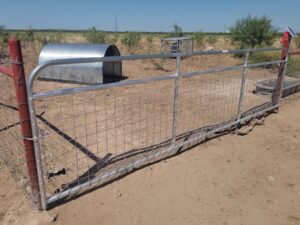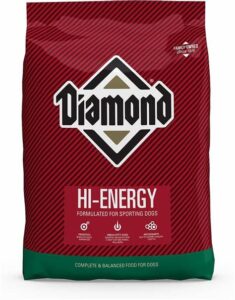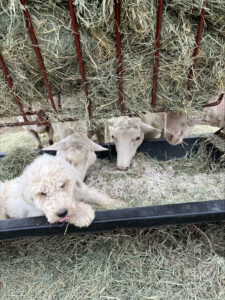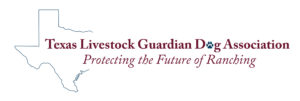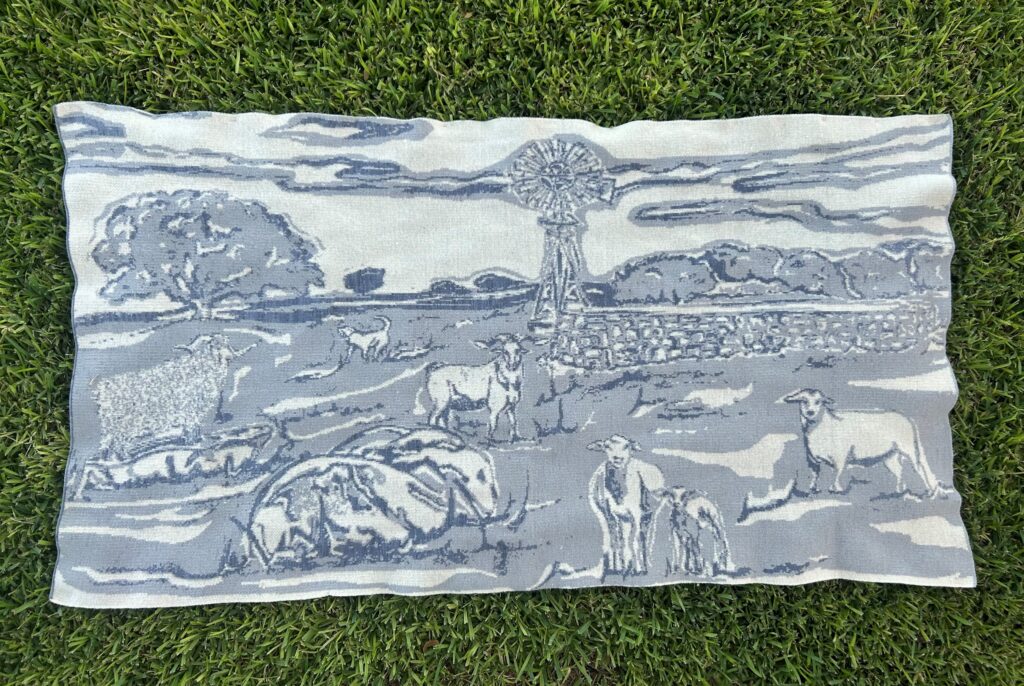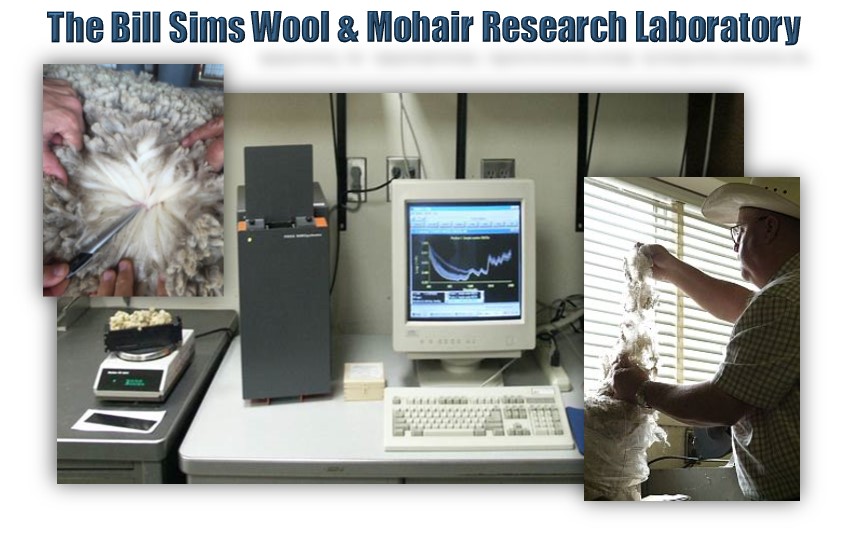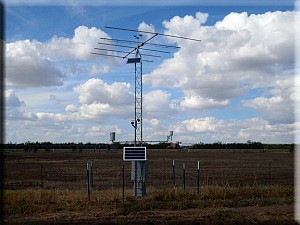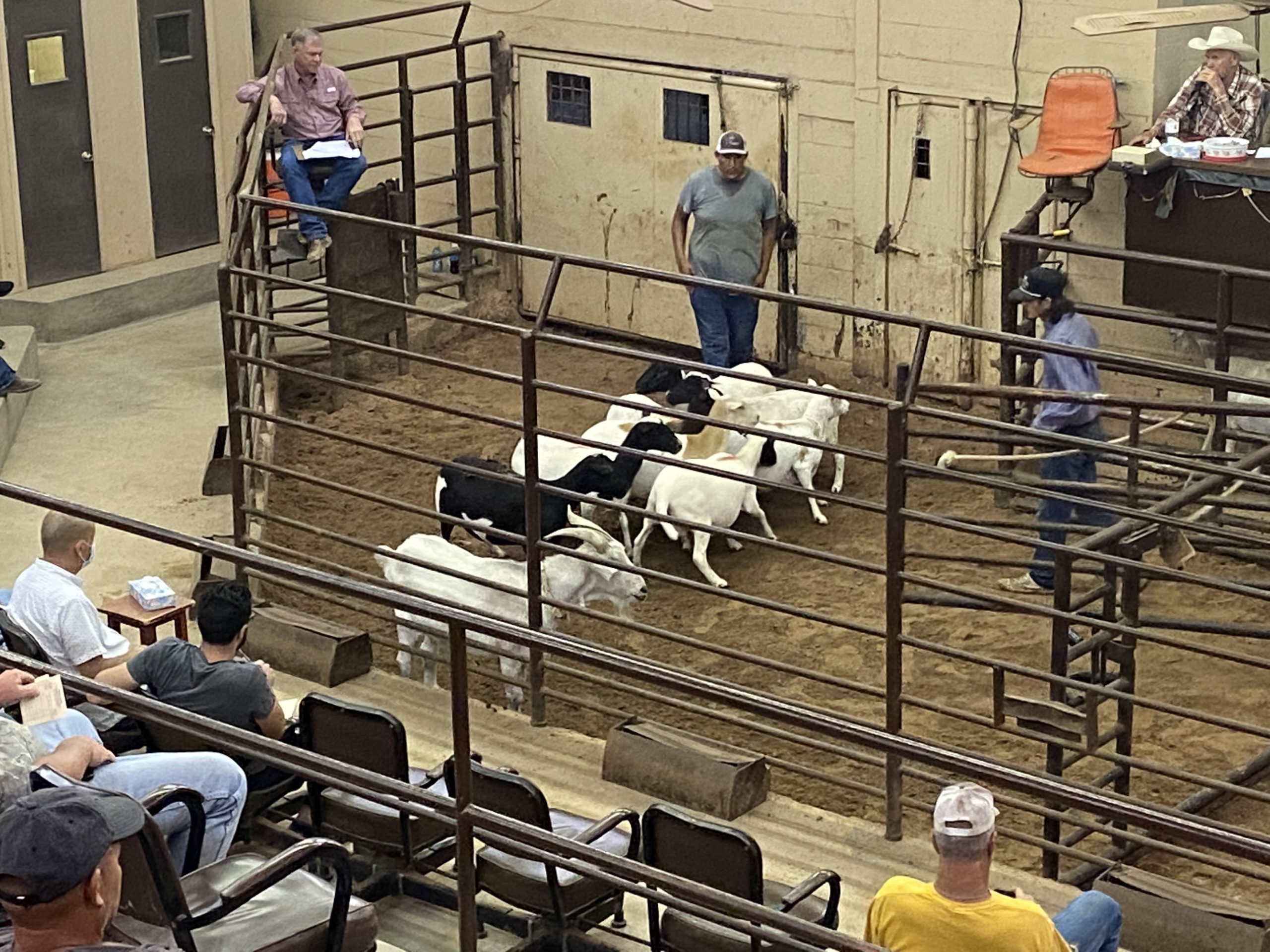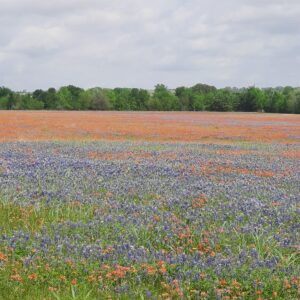
Pasture with spring flowers near College Station, Texas. (Texas A&M AgriLife photo courtesy Costanzo 2023)
A few warm days and rains in some parts of the state have brought out the spring flowers already. My student assistant and I
recently traveled to the Athens and Troup area to pick up some more puppies. We were greeted by lots of bright green grass which was a welcome sight. I traveled to College Station last month and saw lots of blue bonnets and other flowers in pastures and along the roadsides. I think spring is here for at least part of the state. We were still dry in March around San Angelo and had lots of temperature swings each week making it hard on the livestock and dogs. Hopefully April showers will bring May flowers to this dry part of the state so we can grow some grass for our livestock.
Thank you to everyone that reached out about adopting a couple of the dogs we were rehoming due to retirement or depopulating livestock on some of the ranches. They have all found homes and are adjusting well! If you are looking for pups, lots of breeders have them available. Check out the Texas LGD Association website for a list of breeders.
AgriLife Livestock Guardian Dog Program: Events and Update
Our next online seminar will be held May 18 at 3 p.m. on Zoom. Check out our Facebook page for more information as the event gets closer. The topic will be “The Great Pyrenees Breed” presented by Carrie Parks, chair of the Judges Education Committee at the Great Pyrenees Club of America (GPCA). Carrie is also an AKC judge, on the board of directors of the GPCA and has had Great Pyrenees, both working and show, since 1959. The online seminar will be free as always. You can sign up on our events page.
The Texas LGD Association will be hosting its first annual LGD Field Day in Caldwell at the Burleson County Fairgrounds on June 10. Check out their Facebook Page for more information on the event and how to register. The event will consist of workshops, a breeder panel, and an association meeting. Vendors and LGD breeders will be on site as well.
Important LGD Points
I wanted to remind all our readers about some important things when using LGDs. First, buy a dog from a reputable breeder! Free LGDs (especially adults) are usually someone else’s problem that they are passing on to you. Purchase a good quality weaned pup and bond it yourself. You need to know what it takes to bond a pup to be successful with LGDs. Yes, you will make mistakes, we all did with our first LGDs, but that is how we learn! Don’t give up, reach out to people with more experience and ask for help when you have questions.
Proper bonding with livestock, starting by at least 8 weeks of age, is crucial for a successful LGD. The bonding window opens at about 5 weeks of age and closes at approximately 14 weeks of age. If you are running multiple species, bond your puppies to them all. It makes it easier to move dogs around to new locations later as adults. Bonding pups in hot wire pens has shown to have adult dogs that roam the least in our ongoing research project. Single bonded dogs tend to have the strongest bond to livestock and pairs of LGDs bond stronger to each other. However, when presented with a threat, pairs of LGDs more readily challenge it than single dogs. Pups should remain in bonding pens until at least 6 months of age and then be moved to small traps with lots of supervision until 12 months of age. Remember to get them spayed or neutered by 11-12 months of age. Intact dogs do not guard better and cause other problems as adults such as roaming, resource guarding and aggression.
Socialization is very important and does not lead to dogs at the HQ or back porch! If your dog shows up at one of those locations, discipline it immediately and return it to the proper location. Socialization of puppies at least 4 days a week for 15-20 minutes has shown to create a dog that is catchable in the field if continually socialized as an adult. Give your dog’s treats if they are with livestock to reward good behaviors.
Make sure to rotate out stock every few weeks so the dog’s bond to a species and not specific animals. Also try to purchase straight
bred dogs as they may have fewer behavior issues than crossbred dogs. Make sure to feed a good quality kibble to your dogs. We moved over to a new kibble last September and have been seeing good results with it on our dogs. Diamond, Victor, Purina Mills Red Flannel and Purina Mills Exclusive lines of dog chow are popular with lots of producers that I speak with. You should look for a feed with around 22% protein and 18% fat for your dogs that has animal protein as the first ingredient.
LGDs take time to mature, and they need to be trained and have bad behaviors corrected, especially during the teenage months of around 8-18 months of age. You can’t determine if a dog is going to be good until they are mature around 18-24 months of age. So don’t give up on them because you catch them harming animals, roaming, etc.! Many of our LGDs at the AgriLife center have exhibited bad behaviors at some point in their adolescent life, some of which caused us real concern about their worth to the program in the future. One such dog was Thor. Thor was constantly roaming onto neighboring ranches as an adolescent pup. Once he was placed with some yearling nannies that started kidding, his entire personality changed, and his roaming stopped. We thought he was going to fail the program, but with time and maturity he has become one of our best dogs.
How many LGDs you need depends on a lot of factors but start with 2 per 100 head of livestock and increase from there. Remember that after lambing or kidding your herd size will more than double. Make sure to place livestock in as small an area as possible until weaning to make your dog’s job of guarding them easier. Livestock spread across the ranch are hard for your LGD to protect. Predators are everywhere. Even though losses aren’t happening or you don’t see them, they are likely lurking in the shadows waiting for an opportunity to grab a lamb or kid that is unprotected.
Make sure to health check and body condition score (BCS) your dog’s monthly. LGDs should be a BCS of 5 going into the winter and no less than a 4 entering Summer. Remember to vaccinate them annually and use a good long-acting flea/tick product. Ehrlichiosis is becoming more and more widespread across the state each year. The disease can’t be cured, only placed in remission and it will flair up if your dog’s body is challenged. Prevention is the only key to winning against this devastating disease spread by ticks.
Helpful LGD Resources
Here are a few great resources that I think everyone starting out with LGDs or already using LGDs needs to have and reread often.
Guardian-Dogs-Best-Management-Practices.pdf (tamu.edu)
I would also encourage you to check out the factsheets we have on our website and our YouTube channel as well!
Bonding Project Update
The pups in Round Five of the bonding project are all doing well. The Old Fashioned Gals (Belle, Pearl and Mable) are more energetic than the Top Gun pups (Maverick, Goose and Viper). Goose has been struggling some with the tethering process so we are only increasing his tether time by one minute each session instead of two. We also tried a harness that is a little tighter than the actual neck tether so that he gets used to be tied and doesn’t struggle as much.
The pups started out in a 60 x 60 foot pen in March and will be releases into a 1 acre pen in mid-April. They will stay in this size pen until they are 6 months of age. Then they will be released into a larger pasture with their siblings and all of the bonding animals.
In closing
If you enjoyed this monthly LGD blog, please don’t forget to subscribe to it with this link The Guardian Way | Texas A&M AgriLife Research and Extension Center at San Angelo.
To provide feedback on this article or request topics for future articles, please contact me at bill.costanzo@ag.tamu.edu or 325-657-7311.
The Texas A&M AgriLife Livestock Guardian Dog Program is a cooperative effort by Texas A&M AgriLife Research and the Texas Sheep and Goat Predator Management Board. Make sure to follow us on our social media sites and share them with your friends and family!
Facebook: https://www.facebook.com/TAMUlivestockguarddog/
Instagram: @tamulivestockguarddog
YouTube: https://www.youtube.com/channel/UCF7YbP6bNDV7___6H8mifBA
Don’t forget to check out the Texas LGD Association on online! Follow the organization at https://www.facebook.com/TexasLGDAssociation or check out their website!

